Pag Island
Pag Island is like something out of a science fiction film. Stark, lunar landscapes stretch all the way to the steely blue Adriatic sea. Underfoot, you can feel only loose shale and gravel, and the smell of salt is in the air. Beyond, a few sheep scatter the stone-fenced fields and above the sky is so blue you would swear it had been painted just so.
Pag Island
WHERE: North Dalmatian coast
WHY: Stark, lunar landscapes
TIME: 1 night
UNDERSTAND
Pag is a Croatian island in the northern Adriatic Sea, and is the fifth largest island of Croatia. While the island of Pag has only 9,059 residents, the place has a unique culture, and is extremely welcoming to visitors. Connected to the mainland of Croatia by a long bridge and a ferry route, Pag is a distinct place in Croatia, and one that you should definitely visit. The island of Pag only has two towns, Pag and Novalja, but a handful of hamlets and small villages dot the long coastline. The geography of the island is stark and lunar, with the ground largely rocky, covered with small shrubs and looking largely inhospitable. The island has a few lakes in the southeast; lakes Velo Blato and Malo Blato, and has one peak worth mentioning, Sveti Vid (St Vitus), standing at 349 metres above sea level. People have inhabited the island since Illyrian times, and has been consistently occupied since Roman occupation of Croatia, shortly after the birth of Christ. Nowadays, the island survives on agriculture, largely on sheep and olive oil, and as a tourist destination during the high season.
MY EXPERIENCE
Driving onto the island of Pag felt a lot like driving back in time. As we crossed over the thin bridge that connects the island to the mainland, I was struck by how prehistoric the land suddenly looked. To either side of our van, an endless array of tumbling rocks, gravel and thin vegetation spread. To the east, I could spy mountains on the mainland of Croatia, and to the west, only the steely blue of the Adriatic sea. In short, it was beautiful, but brutal. As we drove further onto the island, we began to wonder where all the people were.
‘When was the last time we passed another car?’
‘Dunno, but I just saw some sheep,’ Carlie said, pointing to a distant field, bordered by thin rocky walls. Sure enough, there they were, several meagre sheep eking out a feed in the thin grass growing between the rocks. This scene was to be repeated across the entirety of the island - sheep wandering aimlessly amongst vast scenes of rock and granite, dwarfed entirely by the sheer immensity and solitude of the land about them.
We made our way to the largest town on Pag, the eponymously titled, ‘Pag.’ However, rolling into town in the heart of winter seemed like a slight abnormality, as many of the businesses were closed, and the locals largely congregated around a small bar by the supermarket. Joining them for a coffee, we sat amongst the cigarette smoke and watched the Australian Open on the one TV inside, a strangely jarring experience. After taking a quick walk through town we decided to hit the road again, both of us agreeing that the true beauty of Pag lay in the scenery, rather than the towns. As e headed north we passed by large salt plains, cheese factories and endless rocky fields, the constant presence of sheep the only reminder of life in sight. Yet, as we climbed up a series of switchbacks, giving us a view of Pag and the surrounding countryside, my breath was taken. It was beautiful. As far as I could see the grey rock stretched, violently meeting the blue of the sea, the steep hill-sides seeming to tumble towards the water’s edge. We paused by a look-out just outside of Pag, taking in the stark, dangerous beauty of the island.
Everywhere on Pag looks like this.
We camped that night in a small hamlet, taking a steep gravel road down to a deserted beach. About us lay nothing of note, just an endless stretch of coastline, a few deserted beach bars, and a huge cluster of rocks perfect for skimming. I took our proximity to water as an opportunity for a dip, and took a quick swim in the ice cold Adriatic. The water was hellishly cold, but it felt purifying, and very clean. After warming up, Carlie and I spent the afternoon drinking wine, skimming rocks, and taking in the setting sun, burnishing the steely blue water a deep azure. It was gorgeous, and as the air grew colder we retreated to our van, reading as night fell, watching the land grow dark about us.
Our camping spot for the night
Waking the next morning, we drove further north on the island. The countryside was even more beautiful in the early morning, the rocky fields taking on a golden glow, and the scant sheep seeming to radiate. We drove north, covering the remaining distance between ourselves and the other main town on the island, Novalja. Parking by the marina, we took a stroll through town. We were looking for the Roman aqueduct, but before we could find it we were stopped by an old man.
‘Where you from?’ he asked us.
‘Australia.’
‘Ah. Australia. I’ve been diving off the big reef there.’
We exclaimed and began talking to him. He spoke to us of his life as a merchant sailor, and the places he has been. he lamented that we weren’t there in the summer to go swimming. I told him that i’d been swimming the day before.
‘Crazy. Crazy Australians,’ he said, shaking our hands before leaving.
We completed our time on Pag by driving to the northernmost tip of the island, to visit the ancient olive groves of Lun. Said to be the oldest olive groves in the world, we hoped to visit the ancient trees, thinking they’d make fairly excellent photography subjects, Unfortunately, being the low season, we were unable to get into the olive grove, but were able to appreciate it’s beuaty from the roadside, speeding past in our campervan. We headed south, racing across the short island back towards the mainland, chased by the setting sun. We saw several locals in tractors as we drove, carting fresh produce up and down the one highway that dissects the island, a bucolic scene. We both felt wistful as we crossed back over the bridge to the mainland, leaving behind an island trapped in time, starkly beautiful, and extremely beguiling.
WHAT TO DO on PAG
Lun Olive Grove: World’s oldest olive grove. Will cost $3 USD to visit in high season. Includes olive trees that are up to 1600 years old. Located in the hamlet of Lun at the northernmost tip of the island.
Beaches: During the summer, Pag is known as a beach destination. While we didn’t check out the beaches on Pag overly, the best beaches are said to be
Roman Ruins: Novalja has some amazing Roman Ruins, which can be visited during the high season. Find them at The Town Museum, and known locally as Talijanova buža. You can explore the underground passages of the ruins with a guided tour, which is supposed to be amazing.
Eat at Boskinac: Boskinac is the best cellar and restaurant on the island, and serves up the best dalmatian and Istrian wine, paired with the ever present Pag Lamb - a must try when on the island. Boskinac can be found in the town of Novalja at Škopaljska 220, 53291, Novalja.
Any questions, comments or ideas for Pag? Hit us up in the comments below! Like what you read? Hit subscribe below!

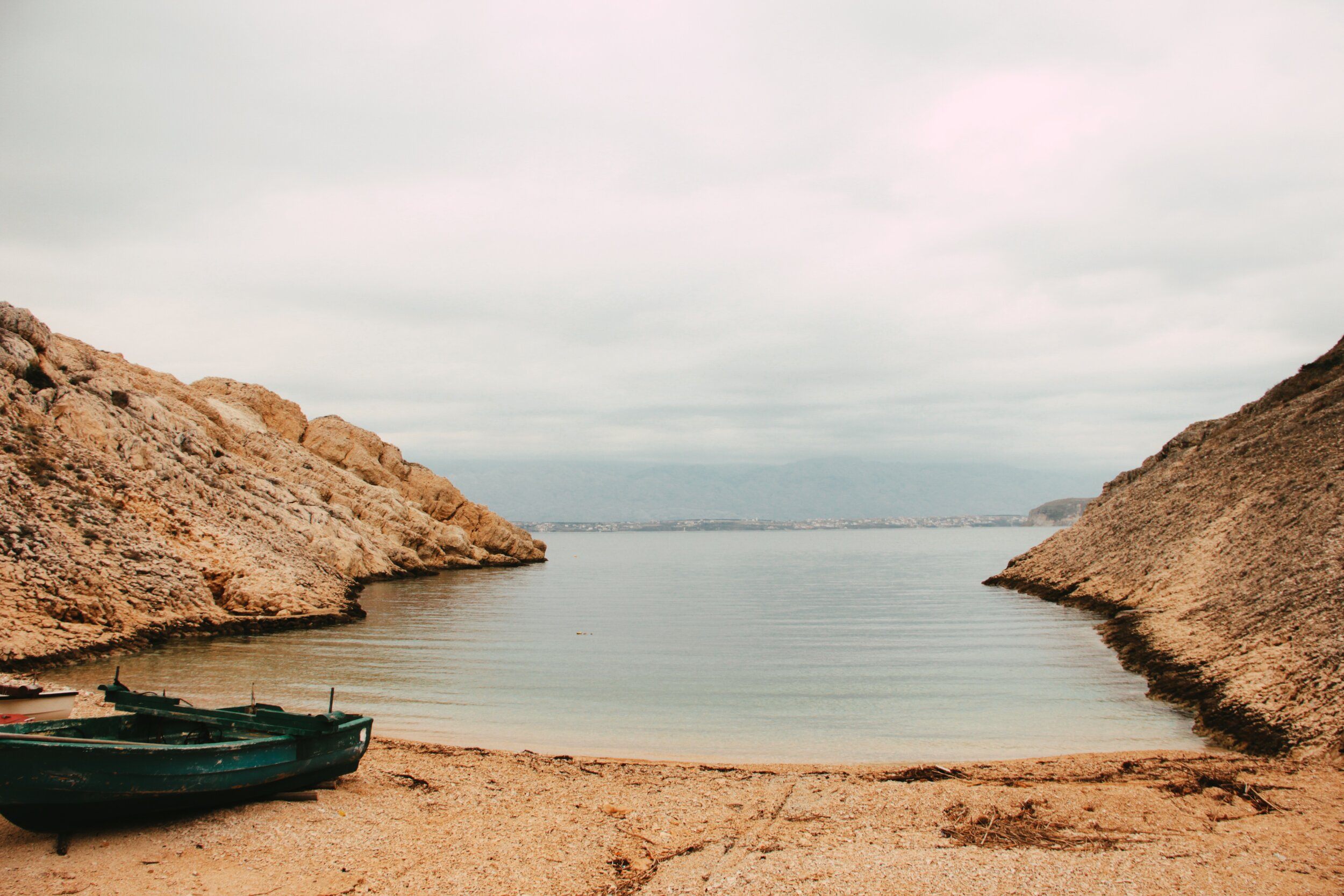

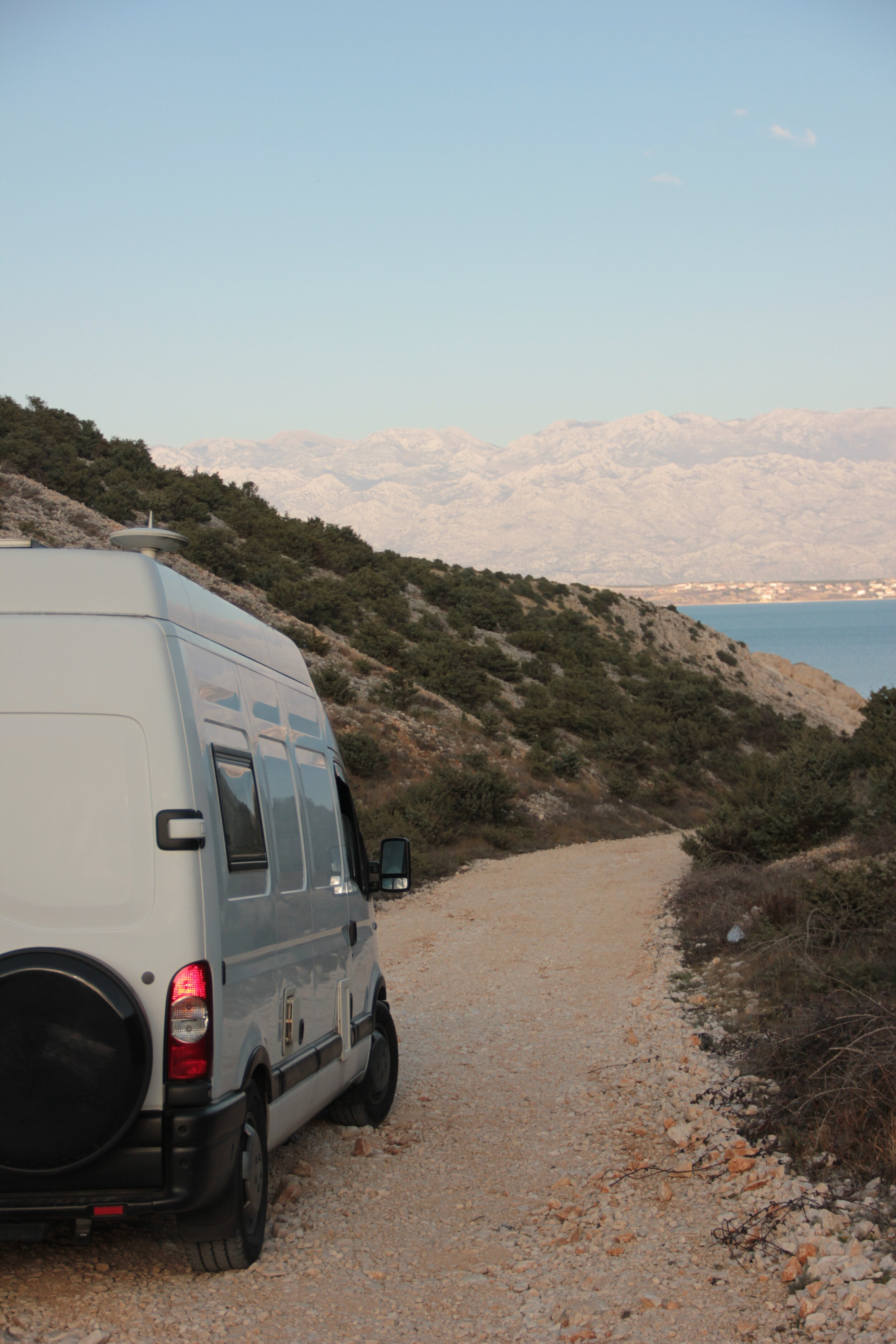
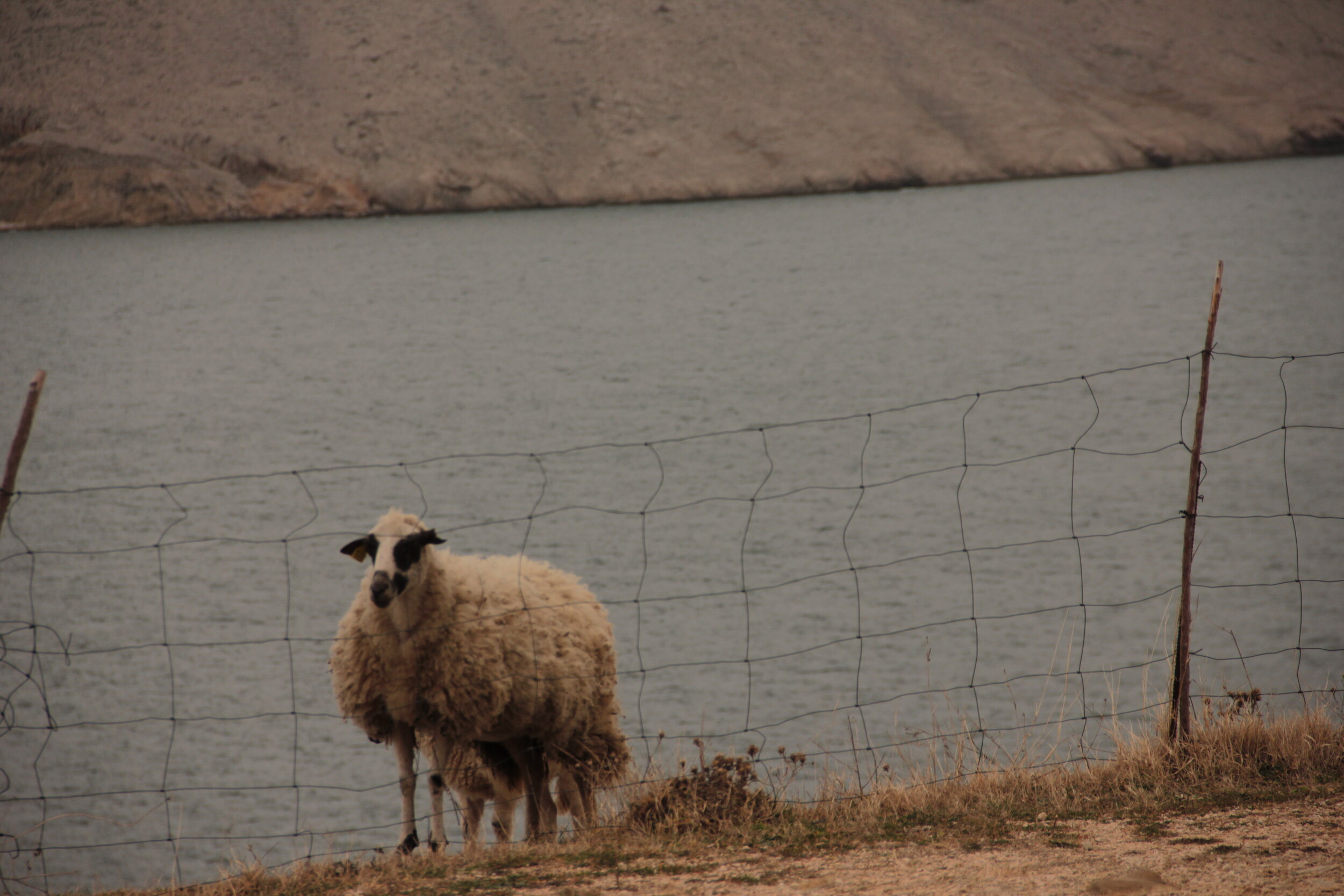


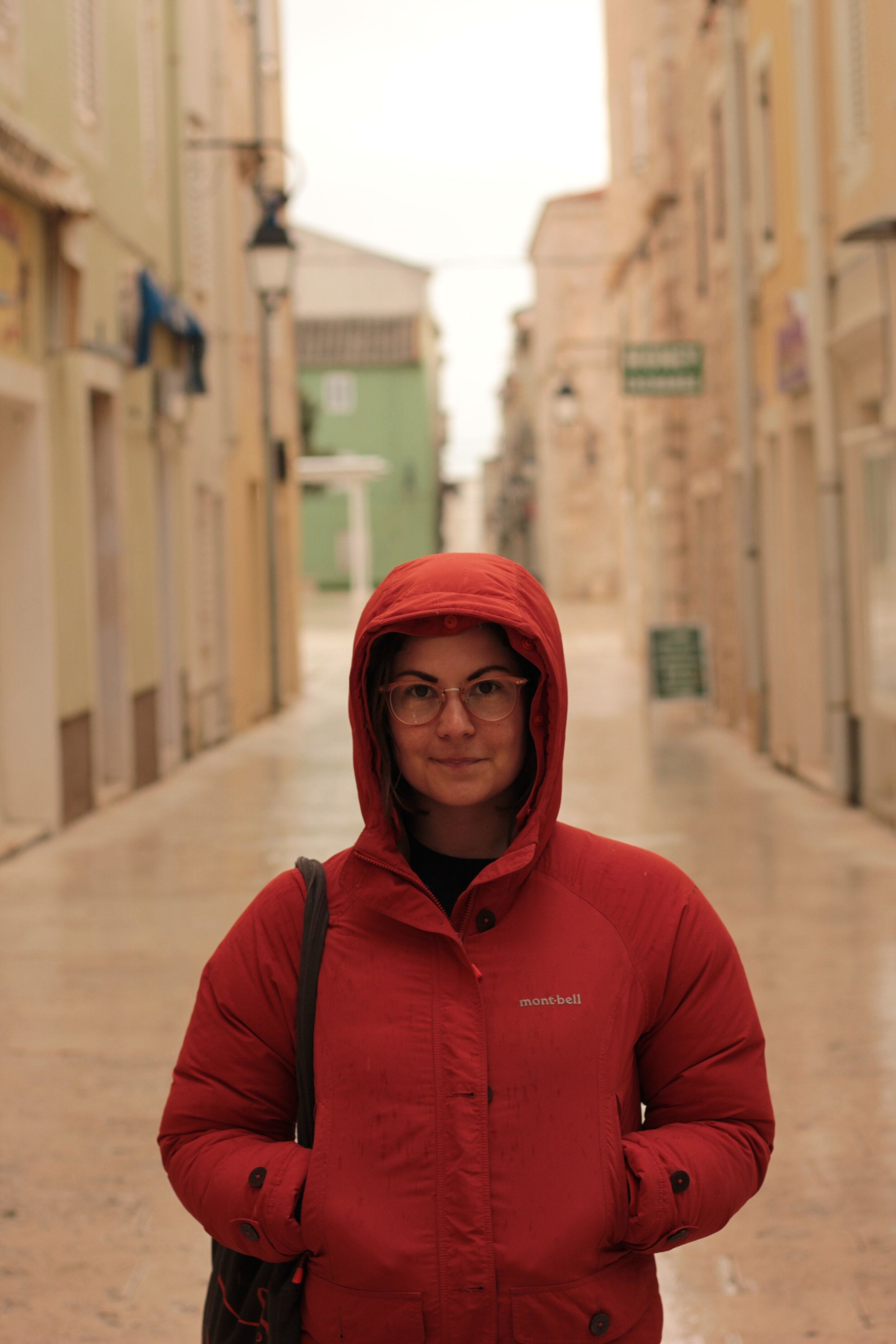
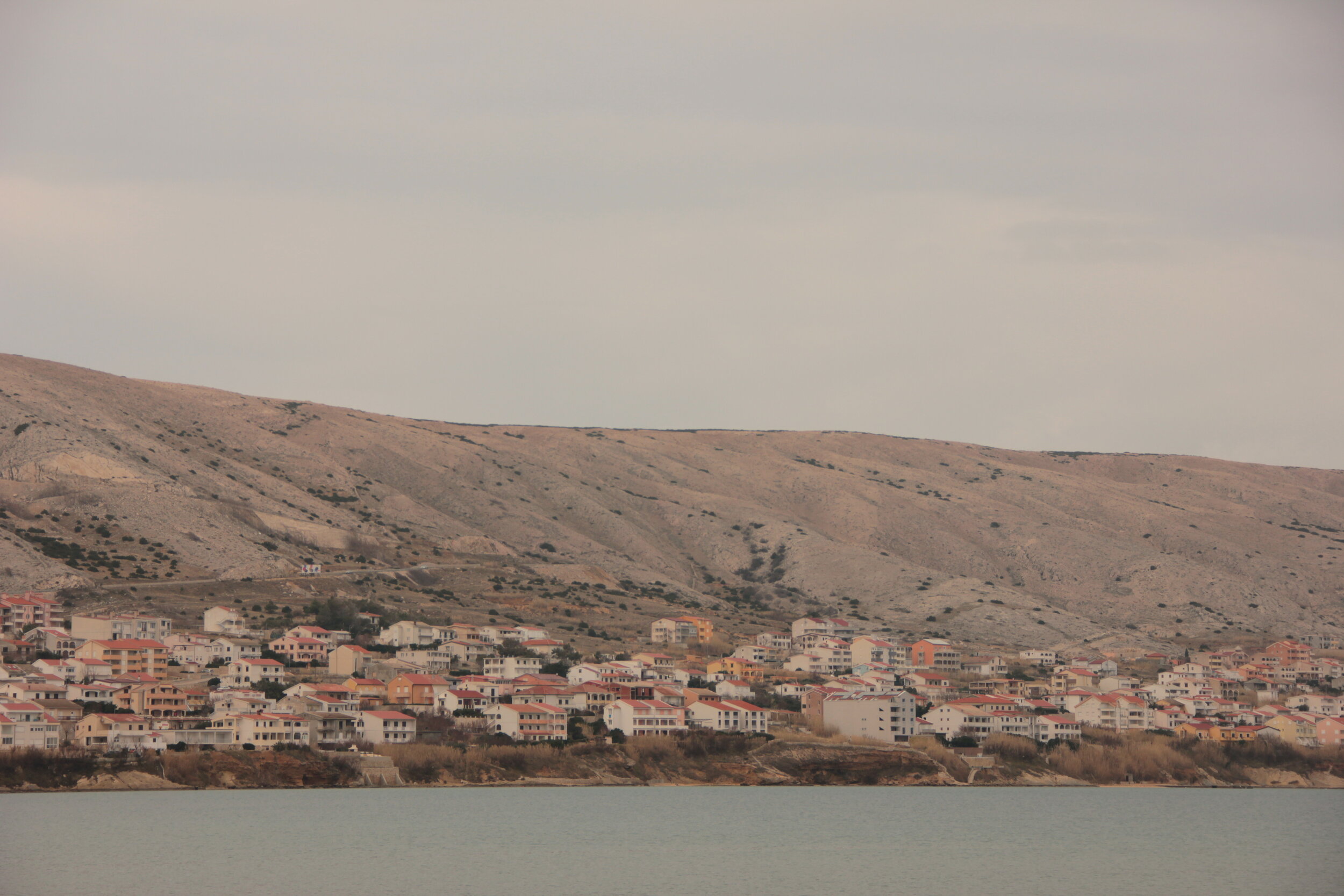
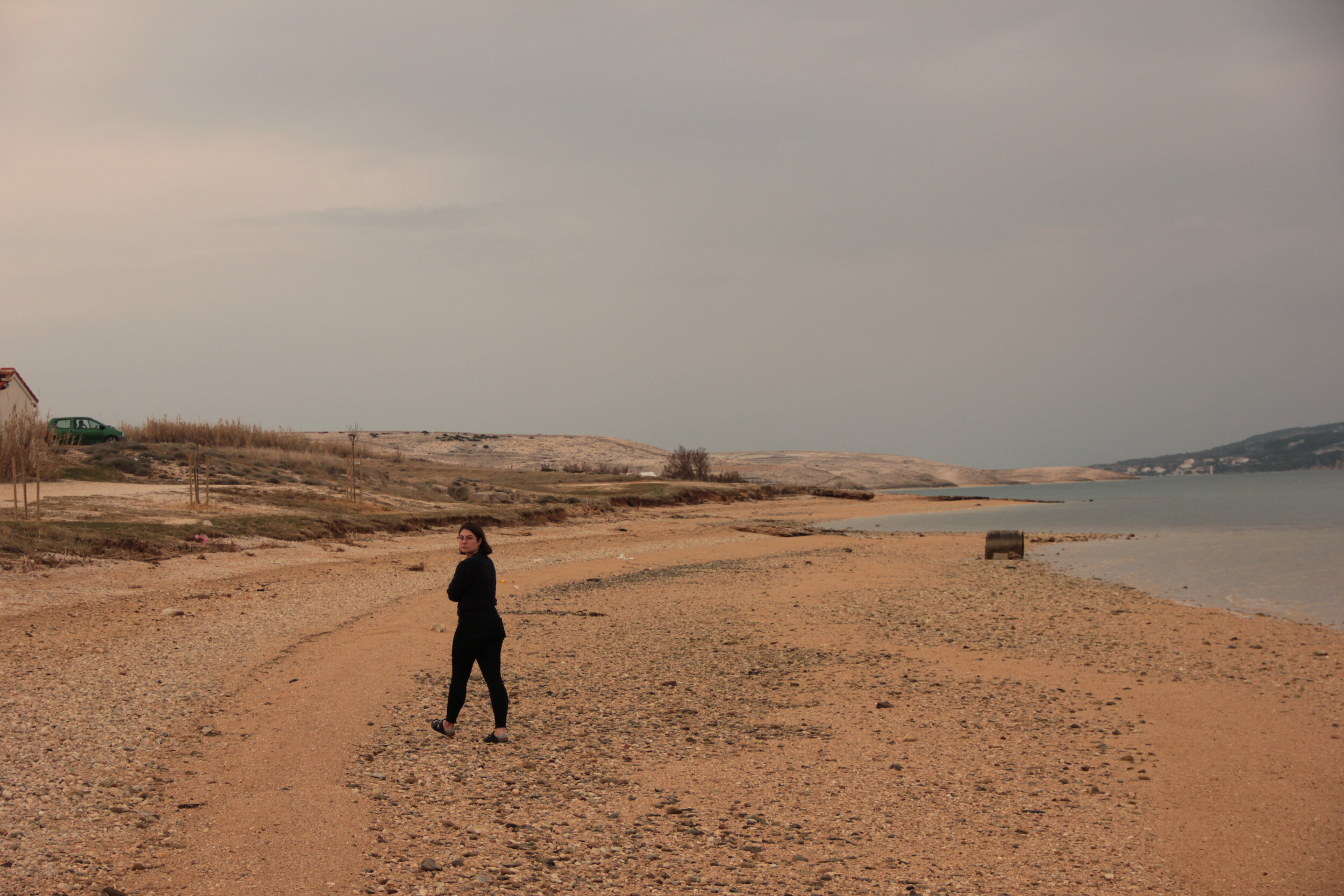
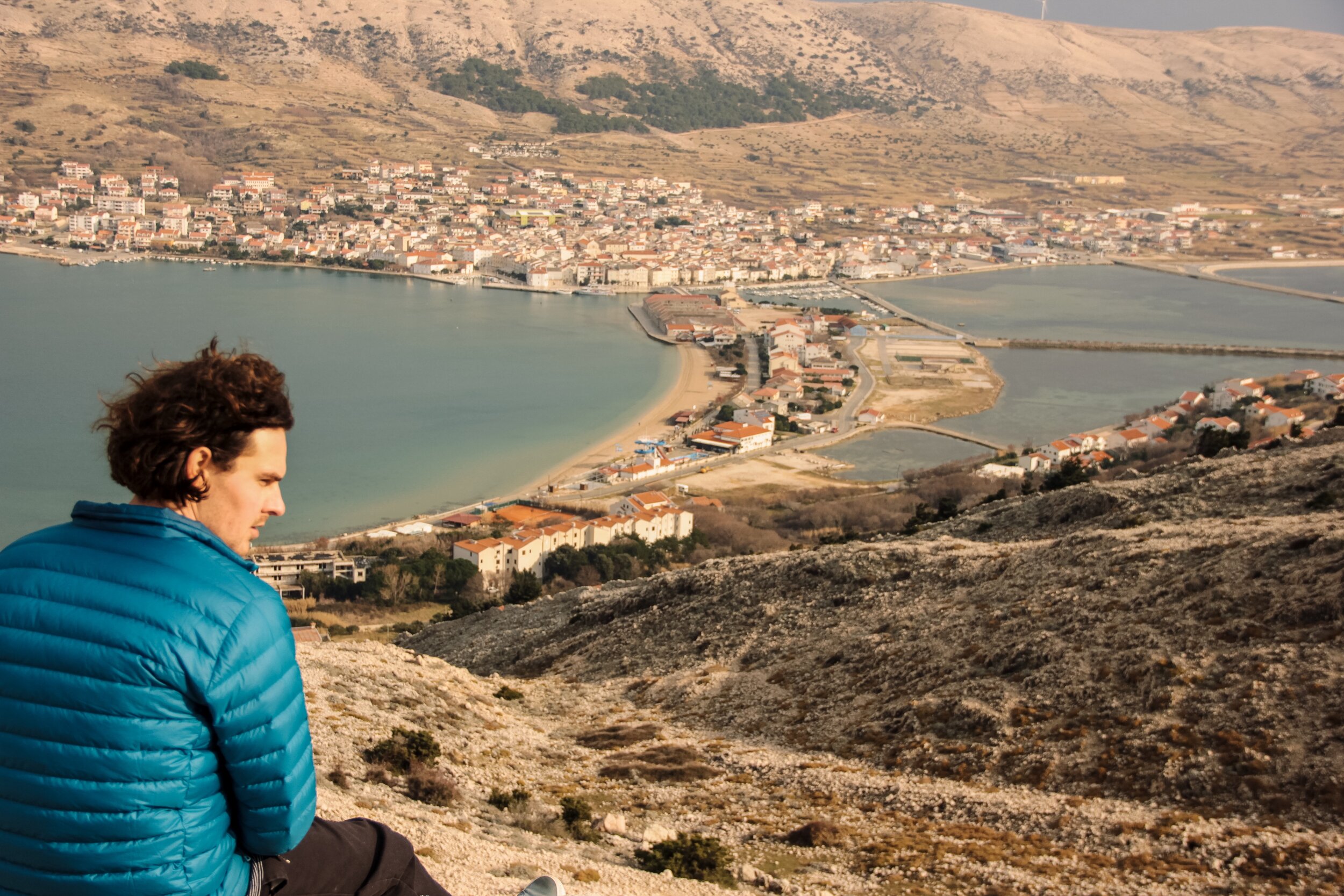
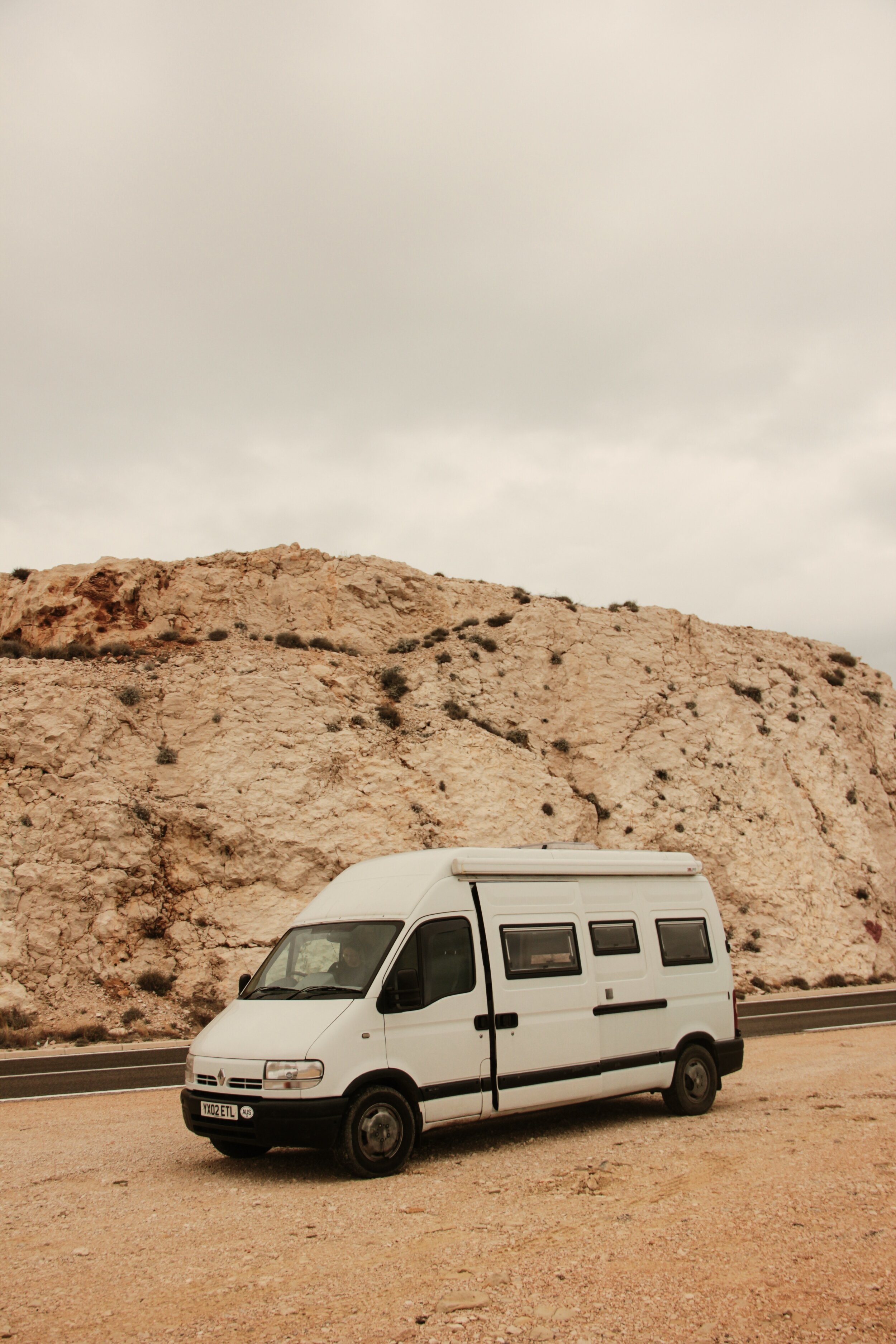
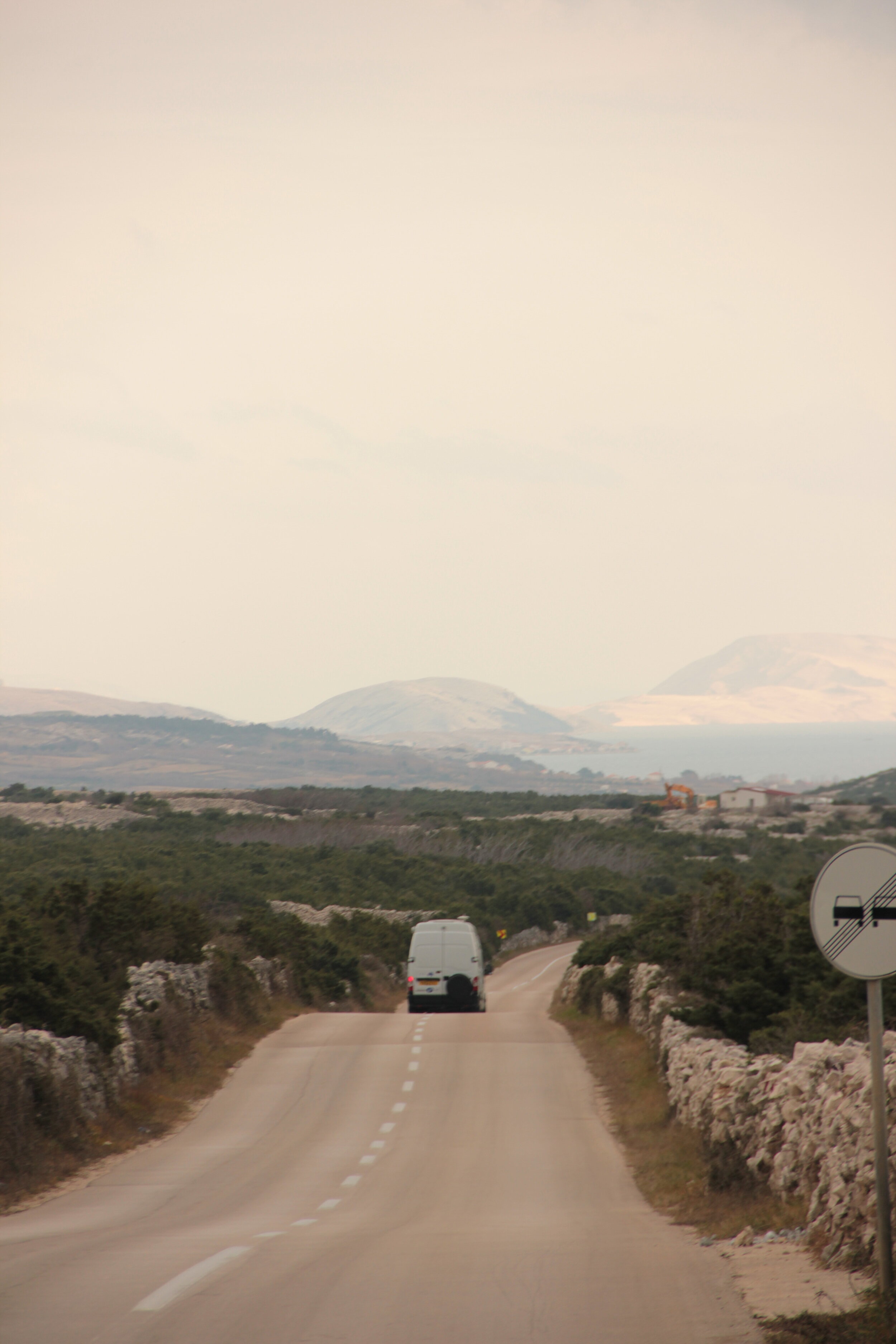









An ode to a country without comparison